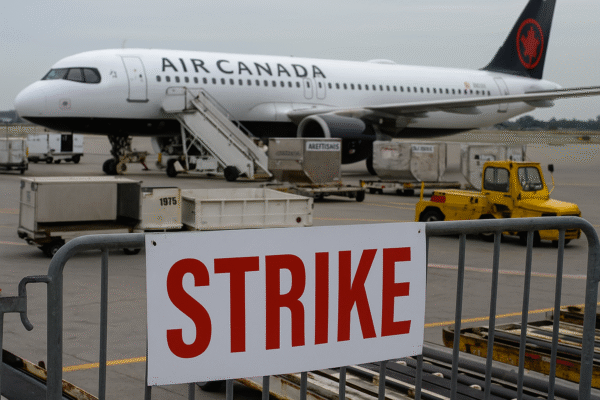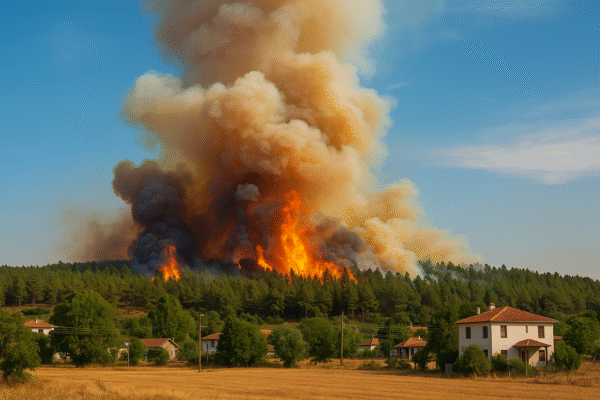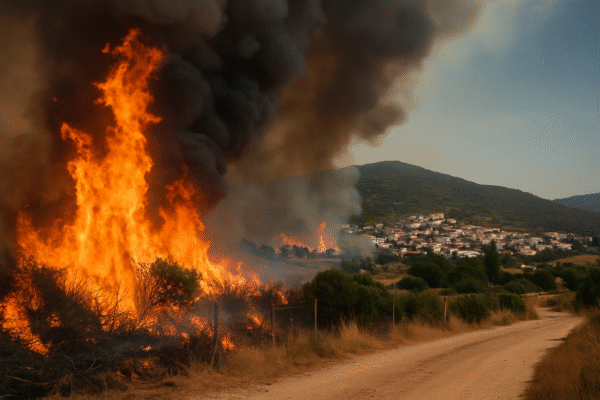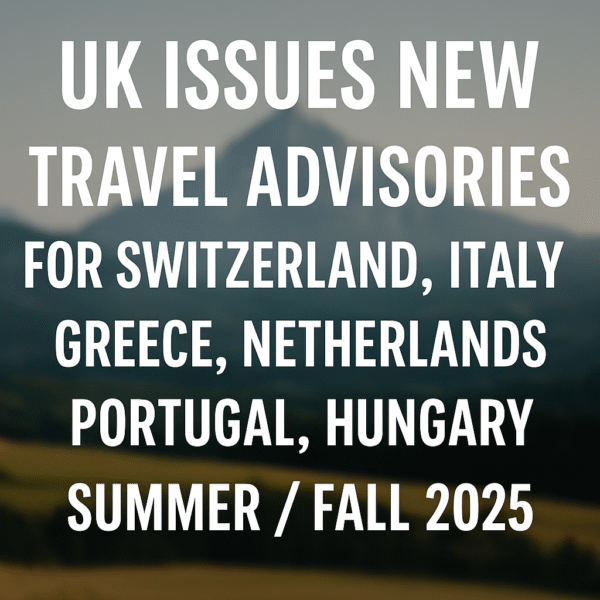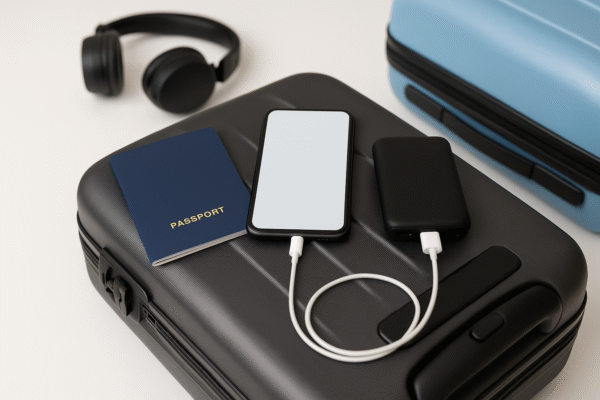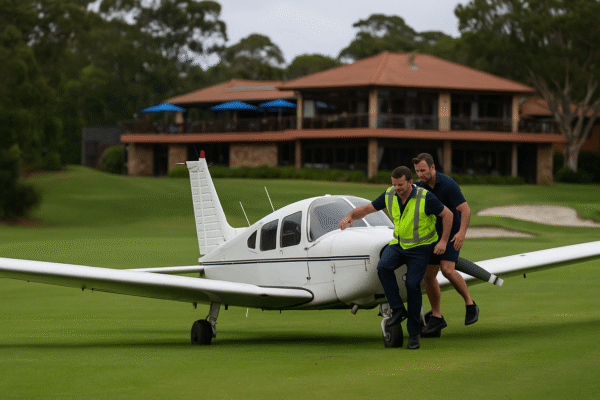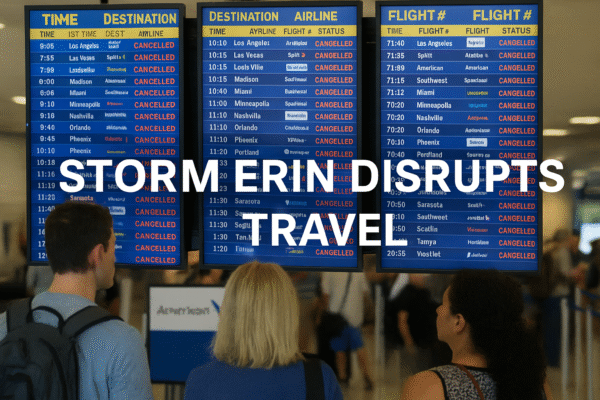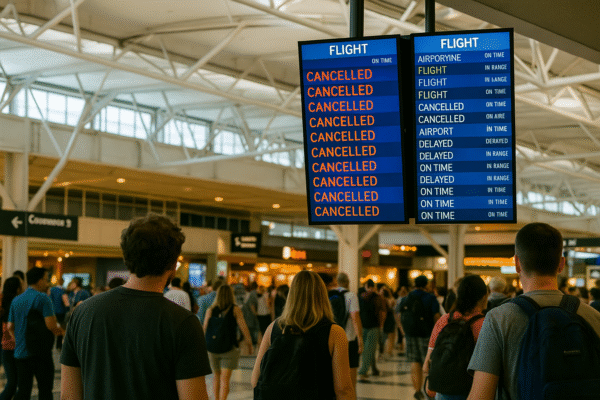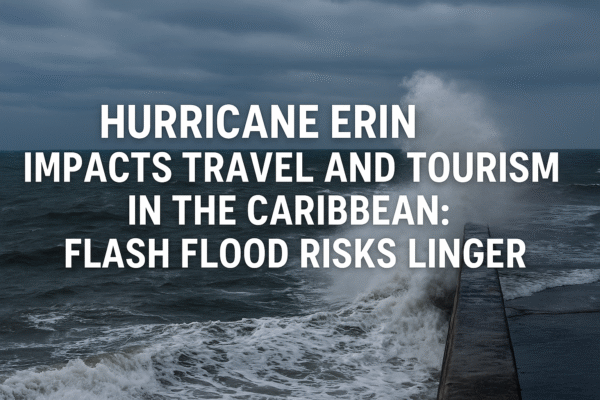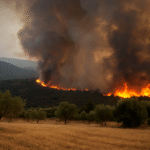Hurricane Erin, although downgraded to a Category Three storm, continues to create significant travel and safety concerns throughout the Caribbean. With wind speeds of up to 125 mph (205 km/h), Erin remains a dangerous system, causing flash flood warnings, flight delays, cruise reroutes, and unsafe beach conditions across the region.
As of early Sunday, the storm’s eye was located approximately 140 miles (225 km) north of San Juan, Puerto Rico. Despite avoiding a direct landfall, Erin’s outer bands have drenched large areas in heavy rain, prompting weather alerts from the National Hurricane Center (NHC) and local emergency agencies.
Airlines and Cruises Face Widespread Disruptions
Airlines operating in the Caribbean, including in Puerto Rico, the Dominican Republic, and the U.S. Virgin Islands, have reported mass delays and cancellations. Cruise lines are also adjusting itineraries to avoid storm-impacted zones, with several ships rerouted away from the Turks and Caicos Islands and the southeastern Bahamas.
Visitors are encouraged to stay updated through official travel advisories and to be prepared for last-minute changes. The Foreign, Commonwealth & Development Office (FCDO) of the UK and the U.S. State Department have both issued updates, cautioning against non-essential travel in affected areas.
Flash Flood Warnings and Storm Surge Threats
The NHC has issued flash flood warnings for parts of Puerto Rico, Hispaniola, and the Bahamas, where rainfall could total up to 8 inches (20 cm). This level of rainfall increases the risk of mudslides in mountainous areas and flooding in low-lying zones.
Swells from Hurricane Erin are also affecting Caribbean coastlines and are expected to extend to the southeastern U.S. coast by midweek. Coastal erosion, dangerous surf, and powerful rip currents are rendering many popular beaches unsafe, particularly in northern Leeward Islands and Bermuda.
Rapid Storm Intensification Signals Climate Trend
Erin’s explosive transformation from a Category 1 to a Category 5 hurricane within 24 hours underscores the growing intensity of Atlantic storms. Meteorologists point to warming sea surface temperatures—linked to climate change—as a key driver behind these rapid intensification events.
This pattern presents a long-term challenge for Caribbean tourism, which depends heavily on beachgoers and international visitors. Greater hurricane frequency and strength require more resilient infrastructure and better preparedness across the tourism and hospitality sectors.
Tourism Sector Faces Economic Strain
With major travel disruptions already taking effect, resorts and tourism businesses in Puerto Rico, the Bahamas, and the Virgin Islands are reporting cancellations. Local economies, many of which are heavily reliant on cruise tourism and seasonal hotel bookings, are bracing for economic impacts.
Despite these setbacks, Caribbean tourism has demonstrated resilience in the past. Recovery following major storms such as Irma and Maria has shown that with strong recovery plans and international support, the region can bounce back.
Travel Safety Tips for Tourists During Hurricane Season
For those already in the Caribbean or planning to travel, here are essential tips:
- Monitor Official Alerts: Stay tuned to advisories from the NHC, local governments, and embassies.
- Avoid High-Risk Areas: Postpone travel to regions under hurricane or flood warnings.
- Health Precautions: Smoke and poor air quality due to fires and flooding can affect respiratory health. Wear masks when necessary.
- Travel Insurance: Ensure coverage includes weather-related cancellations and emergency evacuations.
- Plan Alternate Routes: Flights and ferry services may be limited or rescheduled. Always have a backup plan.
Government Preparedness and Long-Term Resilience
Regional governments have mobilised emergency services and activated shelters. International aid has begun to arrive, including support from the EU and U.S. disaster agencies.
Long-term, countries must continue to invest in resilient infrastructure—from storm-resistant buildings and emergency communications systems to climate-aware tourism policies. The storm season, which runs from June to November, will increasingly test the adaptability of the Caribbean’s economy.
Conclusion: Storm Alerts Are a Call to Prepare, Not Panic
Hurricane Erin may be weakening, but its lingering effects on Caribbean tourism and safety cannot be ignored. Flash floods, dangerous surf, and travel disruptions are stark reminders that travellers must stay alert and informed.
With better forecasting, real-time communication, and investment in coastal resilience, the Caribbean can remain both a safe and stunning destination—even during storm season.
For more travel news like this, keep reading Global Travel Wire




